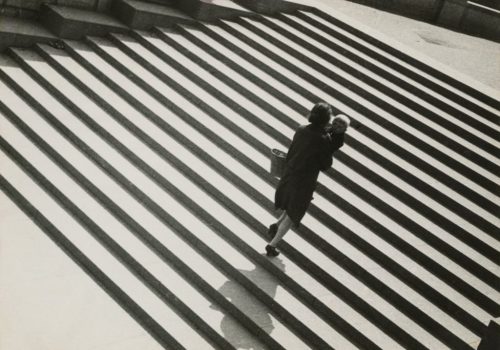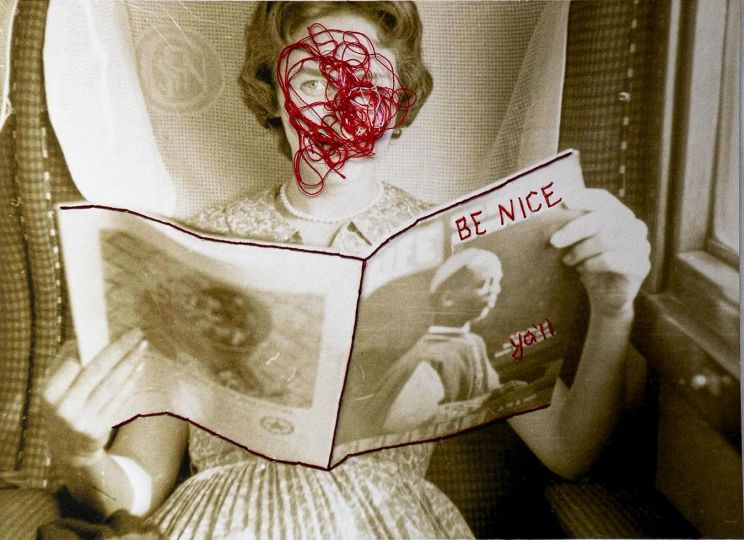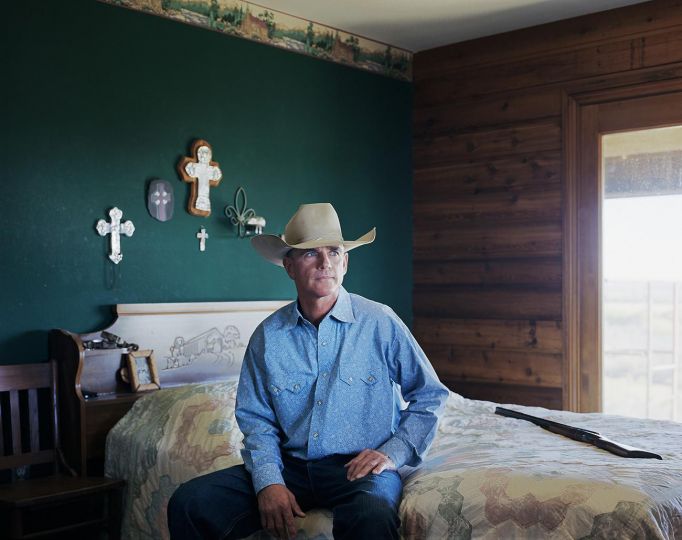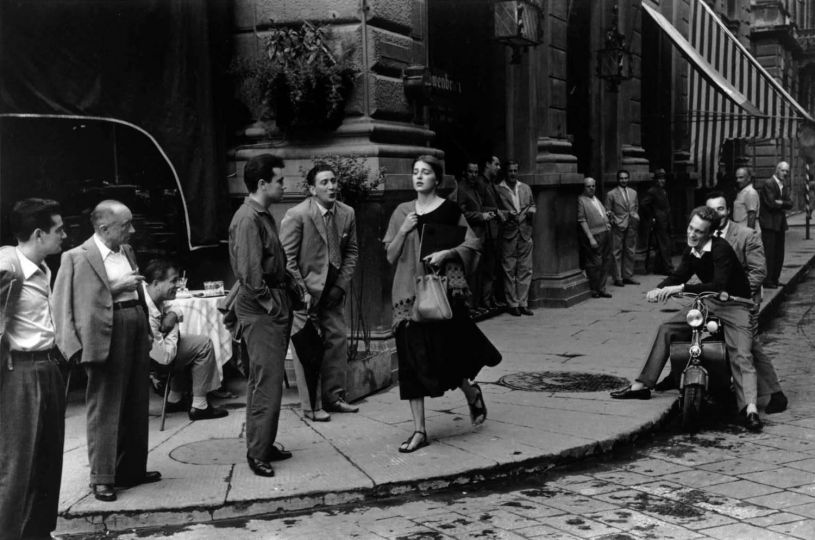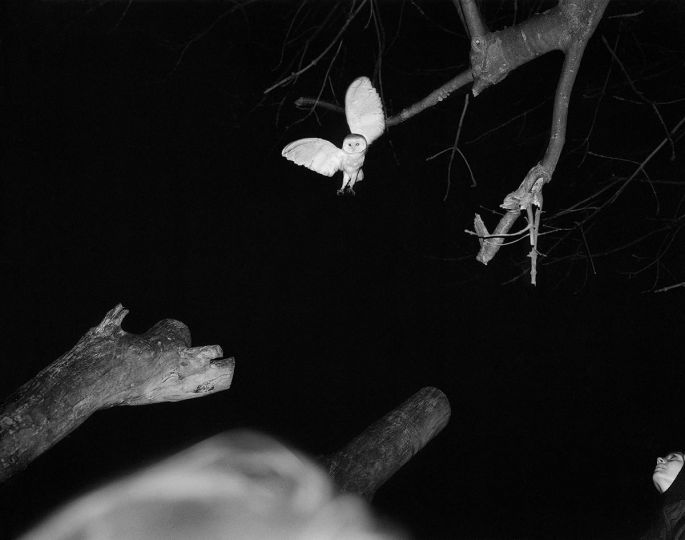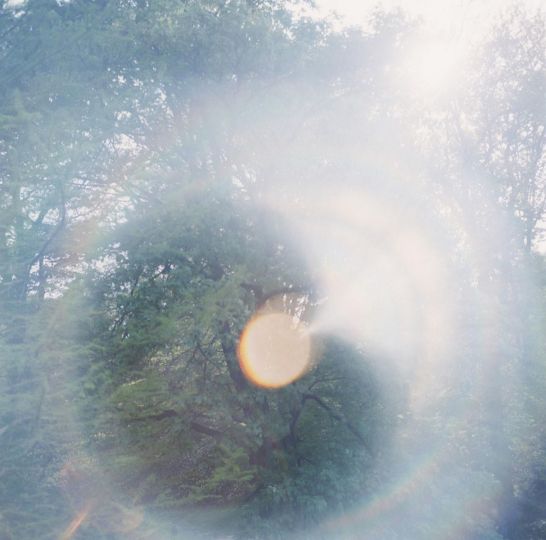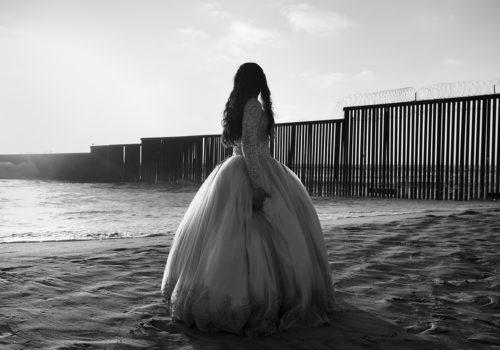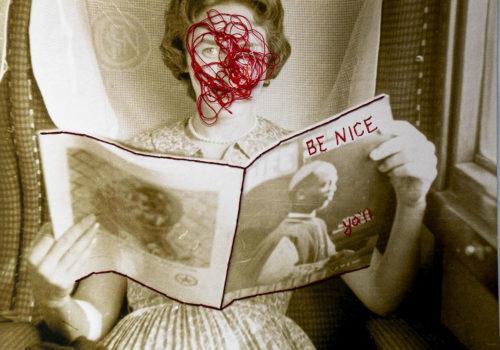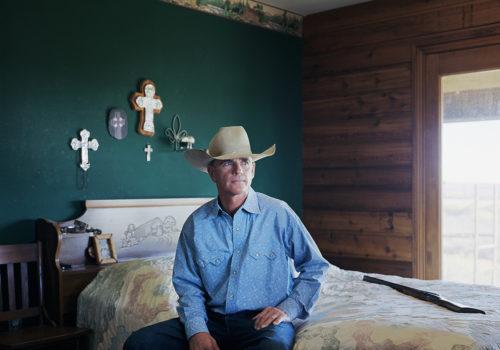A quite interesting exhibition in a just as interesting venue in Palermo, stressing the intriguing contrast between the smooth Baroque lines of the Real Albergo dei Poveri (18thcentury) and the sharp and diagonal ones of the 150 photos by Alexandr Rodchenko (1891 – 1956) printed from his original negatives from the 1920s and 1930s.
The exhibition Alexander Rodchenko. Revolution in Photography opens with his own Self caricature (1922) and goes on – just quoting some – with his well-known pictures Stairs(1930) and Girl with a Leica(1934). They represent the innovative principles “of the “Rodchenko method”,which included diagonal composition, as well as foreshortening and other devices”, as curator Olga Sviblova says.
His research into the concept of line – so central for Russian Constructivism– led him to frame the world within “completely unexpected vantage points and in completely unexpected positions”, asRodchenko wrote in A Caution (1928), so people have to look at ordinary objects in a new way. “We have to revolutionize our visual thinking”, he added.
The photos on stage – from the Moscow Multimedia Art Museum collection – tell us about an artist who transformed the nature of photography and the role of the photographer. “Conceptual thinking – Sviblova says – was introduced into photography. Instead of just being the reflection of reality, photography also became a device for the visual representation of dynamic intellectual constructions”, according to the novelties connected to the Russian avant-garde of the early 20th century. “Rodchenko was one of the main generators of creative ideas and the general aura of that great age”. Painting, design, theater, cinema, typography and photography, all areas invaded by his talent, were transformed, opening up new paths of development.
He gave up painting in 1921, being committed in the service of the state, working on so many things, from posters to magazine, book design, photojournalism and documentary photography: indeed, photography (and photo-montages) was a new interesting media for this purpose. He also collaborated with the Russian poet Vladimir Mayakovsky and with the film directors Eisenstein and Dziga Vertov.
Rodchenko, who was part of the avant-gards (Futurism, Suprematism and Constructivism), always lived in Russia, except for his trip to Paris in 1925 on the occasion of the International Exhibition of Modern Decorative and Industrial Arts.
His photographs and photomontages were connected with political events in Soviet Russia.It was at this time,1924, that photography was invaded by Rodchenko, already a well-known artist with the slogan “Our duty is to experiment”, placed at the center of his aesthetic”. Indeed, he went on experimenting all his life long. He bought a Leica, in order to experiment composition of images more easily: he thought everything depends on the angle (maybe it was also a way to balance the uniform image of the Russian society at the time).
In 1934 he wrote in his diary: “I would like to take incredible photographs that no one has ever done before. Images of Life itself, absolutely real, capable of amaze and overwhelm. I have to do it at all costs. So yes it will be worth living and fighting in the name of photography as art”.
Late in his life he was deprived of the right of work and expelled from the Union of Artists, tough he went on exhibiting abroad, for example in Berlin (Fotomontage) and atMoMA in New York.Anyway Rodchenko could rely on his family (including, first and foremost, Varvara Stepanova and his daughter Varvara Rodchenko). Thanks to them the Moscow House of Photography – Russia’s firs photographic museum – was founded.
The exhibition is endorsed by the Assessorato Regionale dei Beni Culturali e dell’Identità Siciliana, co-produced by Civita and Bridge Consulting, the State-Financed Institution of Culture and Education of the City of Moscow and Multimedia Complex of Actual Arts. It is curated by Olga Sviblova, director of Multimedia Complex of Actual Arts and co-organized by Olga Strada,director of the Istituto Italiano di Cultura di Mosca
– Paola Sammartano
Paola Sammartano
Paola Sammartano is a journalist specialized in arts and photography based in Milan, Italy
Alexander Rodchenko. Revolution in Photography
Until September 23, 2018
Real Albergo dei Poveri
Corso Calatafimi, 217, Palermo, Italy

